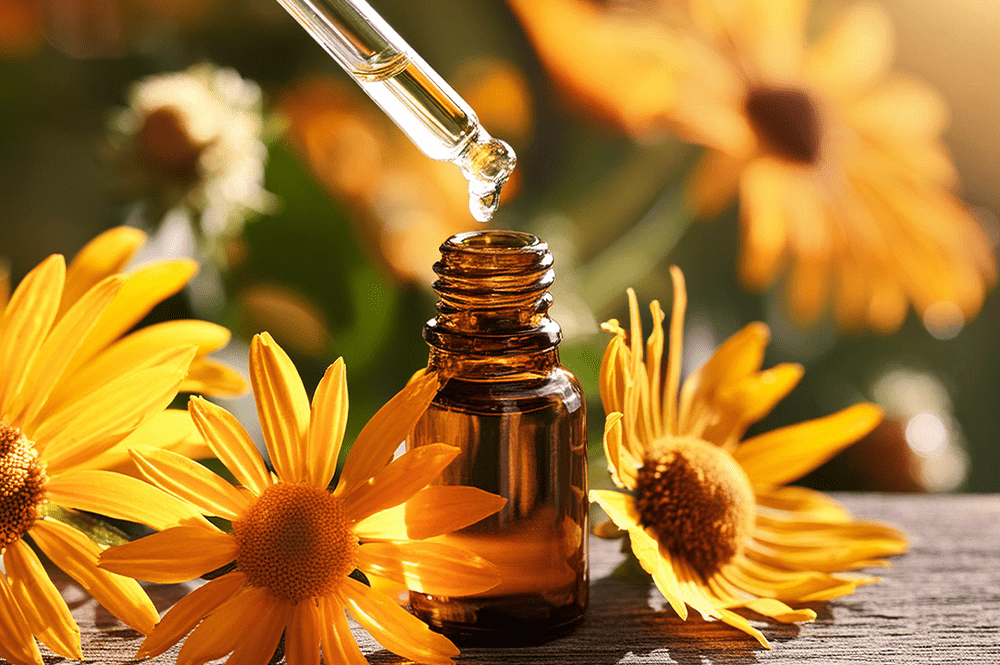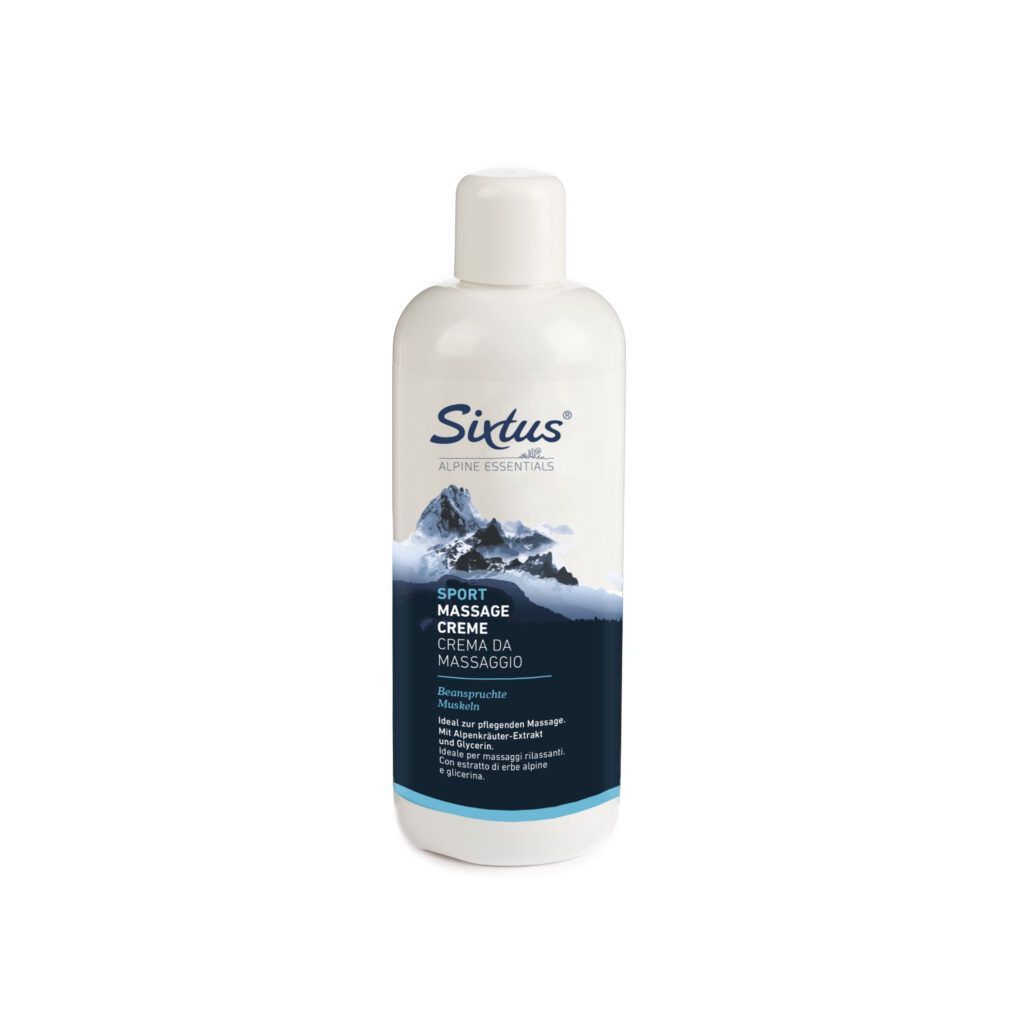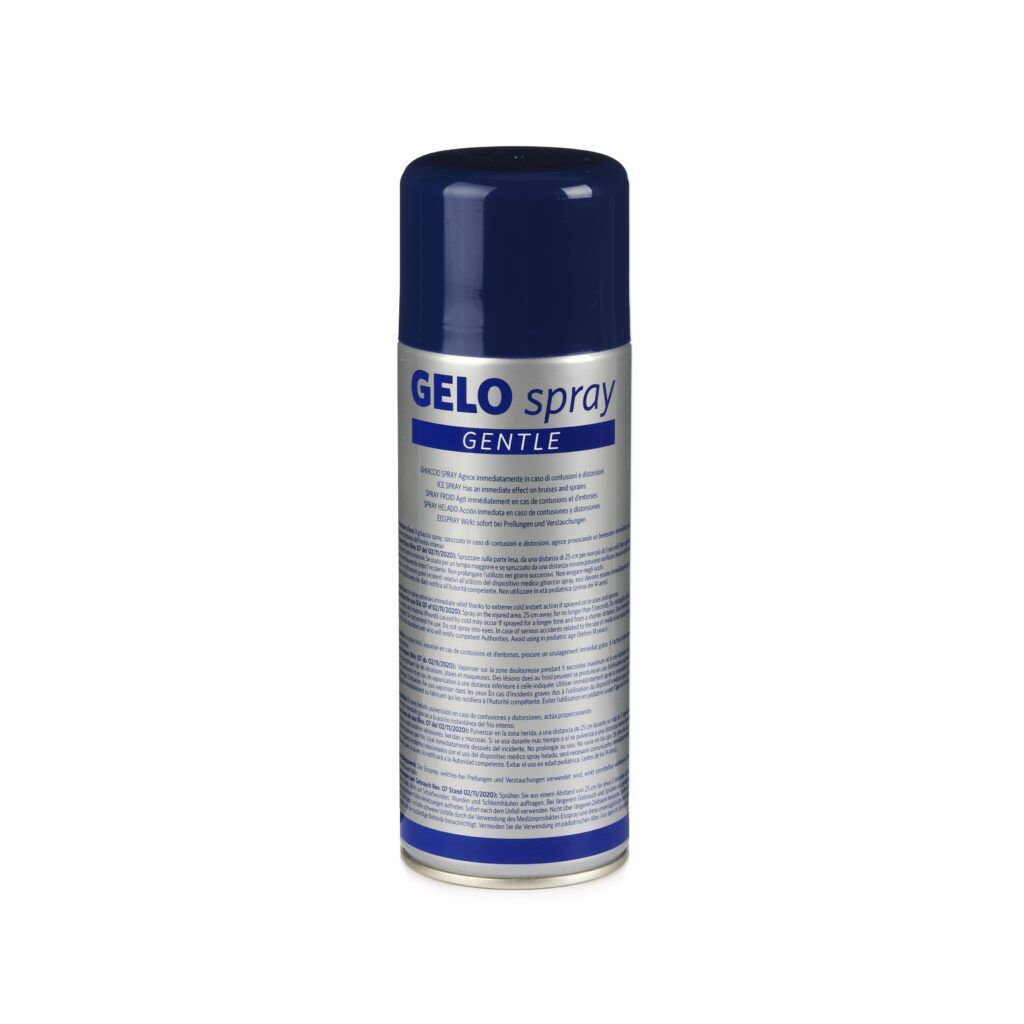News and Curiosity
Arnica: uses and properties

What is Arnica used for?
If you're into sports, you've probably heard of arnica: an indispensable ally for managing minor injuries, bruises, and muscle pain. Arnica is a natural remedy used to combat inflammation, swelling, muscle stiffness, and joint pain. When applied to the skin, it can also help reduce bruises and swelling.The properties of Arnica
Arnica offers numerous benefits, and the main ones are:- Anti-inflammatory properties: its most well-known property is related to reducing inflammation. It is often used to relieve pain and swelling caused by bruises, muscle, or joint injuries.
- Analgesic properties: arnica has a pain-relieving effect useful against localized pain, especially that caused by trauma or physical exertion. Therefore, it is ideal for treating bruises, muscle strains, or fatigue.
- Antiseptic properties: although arnica is recommended for application only on intact skin and not on open wounds, it possesses antimicrobial effects that can prevent infections in cases of abrasions.
- Decongestant properties: arnica is also used to reduce swelling, whether due to sprains and bruises or fluid retention after trauma or inflammation.






